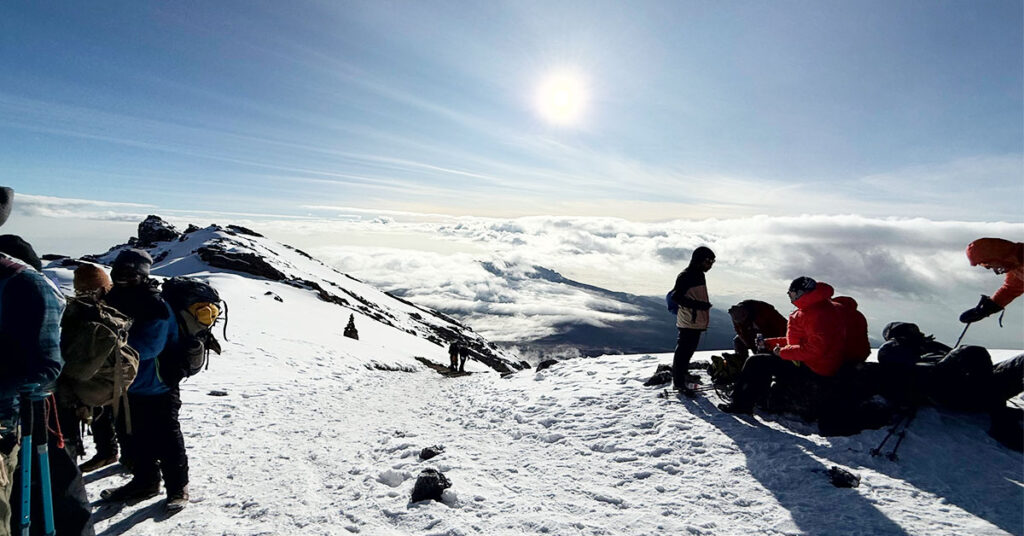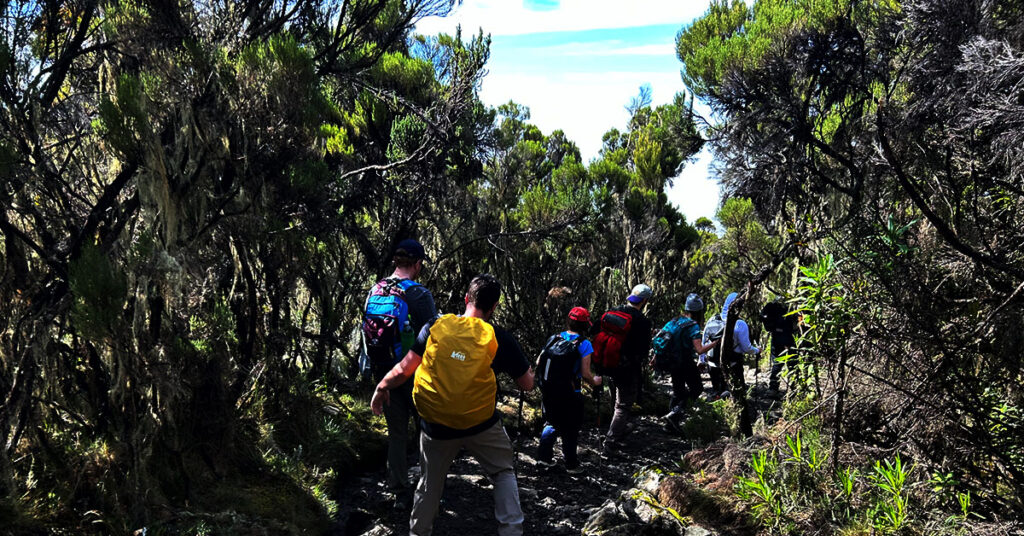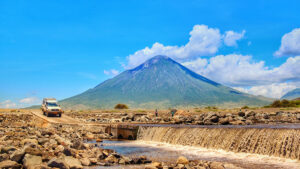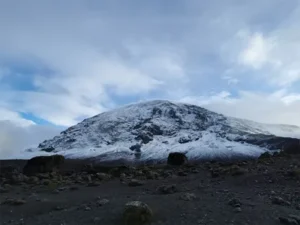
Marangu Route: Hut-Based Kilimanjaro Trek
Table of Contents Marangu Route on Kilimanjaro: Hut-Based Kilimanjaro Trek Why Choose the Marangu Route? The Marangu Route is one of the most historic and

You’ll need to stay focused to avoid slips and strain.


Table of Contents Marangu Route on Kilimanjaro: Hut-Based Kilimanjaro Trek Why Choose the Marangu Route? The Marangu Route is one of the most historic and

Table of Contents Mount Meru: Tanzania’s Scenic Volcano Trek | Kili Quests Mount Meru, Tanzania’s second-highest peak at 4,566 meters (14,968 feet), is a stunning

Table of Contents Northern Circuit Route on Kilimanjaro: Longest Kilimanjaro Route Why Choose the Northern Circuit Route? This route fully circles the northern slopes of
@2025 Kili Quests. All rights reserved.